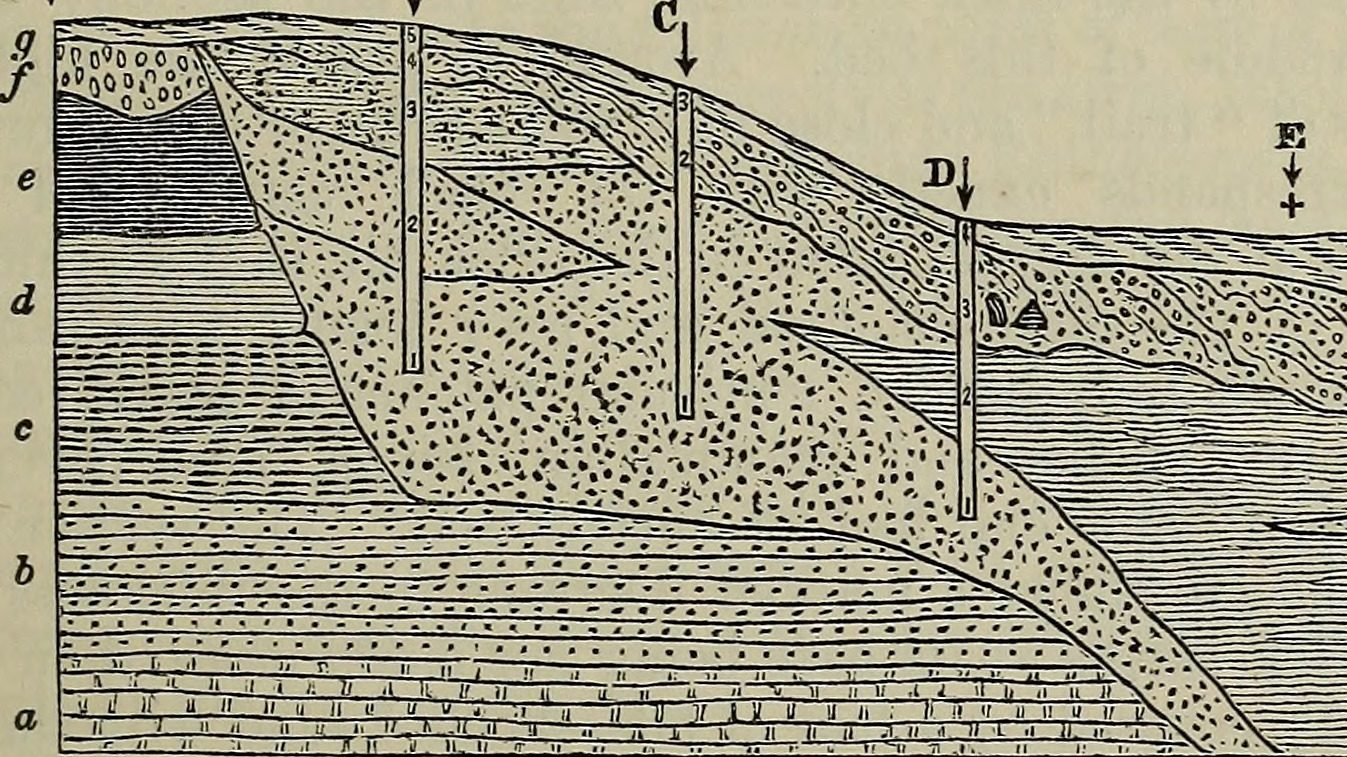Over Thanksgiving, my dad told me a story about going to see his grandparents when he was very young and they were very old. They were observant Jews who kept kosher, using separate sets of dishes for milk and meat. Custom dictated that if you made a mistake in the kosher laws, you could submerge your utensils in soil to purify them: a little spiritual reset in the dirt. And my great-grandparents, as they aged, were making more and more mistakes. So when my father arrived at their house on the eve of this memory, he looked around and saw all their house plants filled with forks and knives—so full that his siblings convinced him that this was where they grew. It was, I thought, a remarkable illustration of the subjectivity and malleability of dirt. That the thing that sullies us can also be what cleanses us.
The anthropologist Mary Douglas, who memorably called dirt “matter out of place,” saw cleanliness rituals as symbolic exercises that reveal a society’s values. “There is no such thing as absolute dirt: it exists in the eye of the beholder,” she wrote. And in this beholding, there is endless contradiction. Language about dirt can signal feelings of fear or disgust; enshrine class, caste, and colonial hierarchies; enact racism and misogyny; and express our everyday amorphous discomfort with each other. At the same time, its life-sustaining properties are exalted, even sentimentalized. It’s something kids need a chance to play in; it’s something we need contact with to feel “grounded.” Our recent fears of infection and contagion have revealed the hypocrisies our world is built on. And so, at Guernica we decided to take a good look at what “dirt” really means.
“It has been the task of women through the ages,” the philosopher Jacqueline Rose writes in the book On Violence and On Violence Against Women, “to make their partners, children, and dependents feel secure in a messy and uncertain world, to sweep the dirt and debris away.” In this special issue, three works of memoir wrestle with and chafe against this expectation. Jung Hae Chae revisits the bath house of her childhood in 1970s Seoul, a site of feminine communion—and indoctrination. Shilpi Suneja, remembering the humiliation of getting her first period on a trip to visit her grandmother, examines the many ideologies that have conspired to make her feel unclean. Alizabeth Worley writes about shame, stigma, and the secret pleasures of being a woman who prefers to be dirty.
In “Organic Material,” a hallucinatory work of fiction by Lee Conell, suburban mothers seek refuge from impossible responsibilities in bathtubs full of dirt, where they find the vitality that they’ve been denied. In the poem “The Summer Your Parents Split,” by Kathleen Radigan, the narrator rides a motorbike with the new boyfriend of her friend’s mom—an illcit brush with the sexual world of adults. “when I say hello to the oldest apples,” a poem by Ina Cariño, captures the tension between distance and connection embedded in ancestry.
Dirt is not only a symbol; is also a thing unto itself, a substance you can reach down and grasp by the handful. Actually, it is a vast number of substances. To plant the Dirt issue firmly in the physical world, and to reflect the multiplicity of the materials we call by one name, we have curated our Encyclopedia of Dirt, a series of poetic, exploratory short-form essays. In “Sand,” Rachel Heng imagines the poignant loneliness of countless tiny grains that were once a mountain. Carey Baraka’s “Soot” conjures the comfort of dinnertime rituals of his childhood. In “Grime,” Hisham Matar finds intimacy in an unexpected place. “Worms,” by Camille T. Dungy, makes a case for a maligned creature and for loving the natural world in full. Maya Popa sees “Dust” as a metaphor for literary endeavor. Lulu Miller examines disputed science and finds a story of human folly and of hope in “Humus.” And in “Dirt,” Amy Leach speaks to the exuberance of this humble substance: “I concluded that aesthetically interesting, intricate worlds can be made out of paper — or plastic or wax or glass — but that the material of incident, of hunches and dances and manias and mistakes, and whatever makes our eyes flash, is something else,” she writes. “I concluded that the magic medium, the medium of surprise, is dirt.”
-Michele Moses, editor
